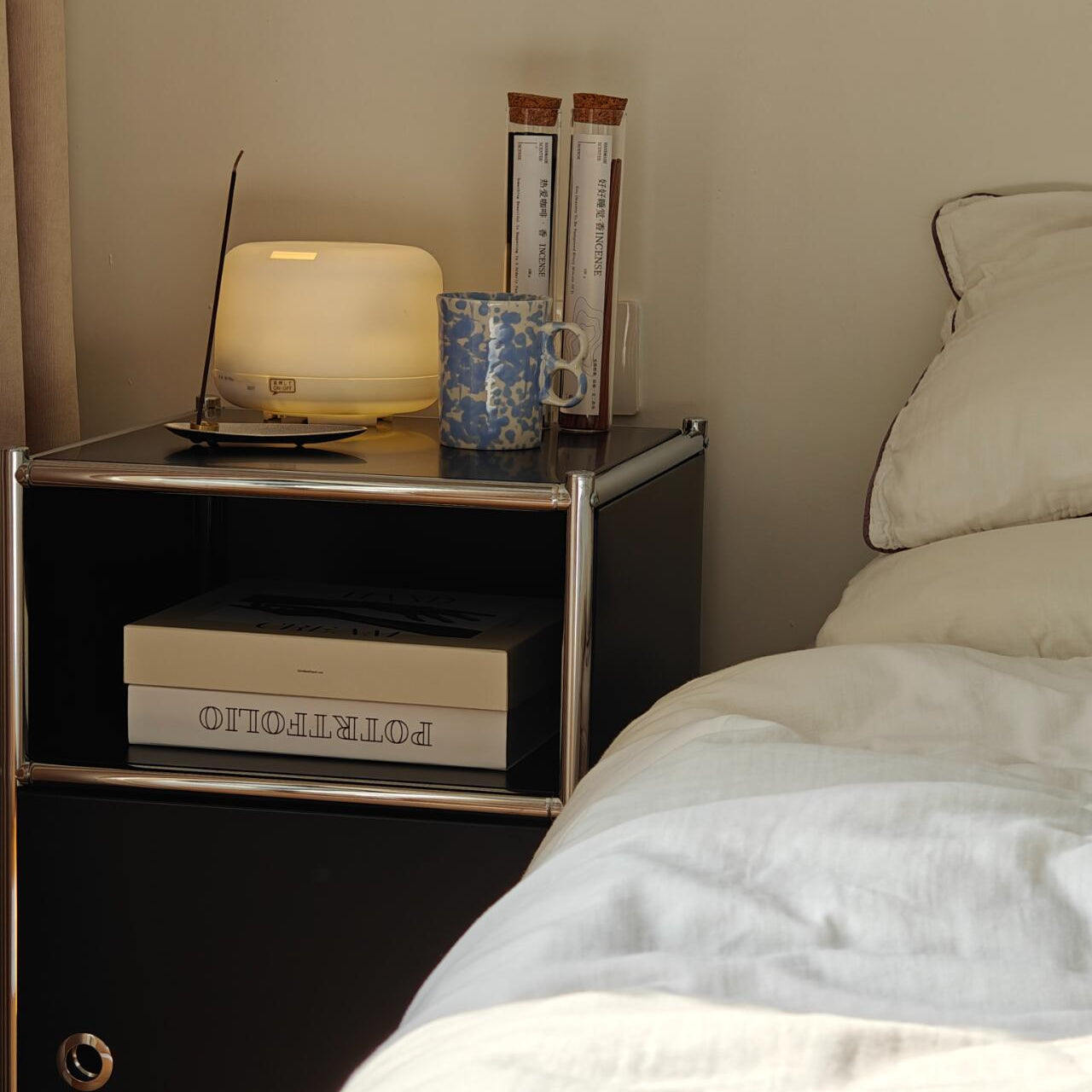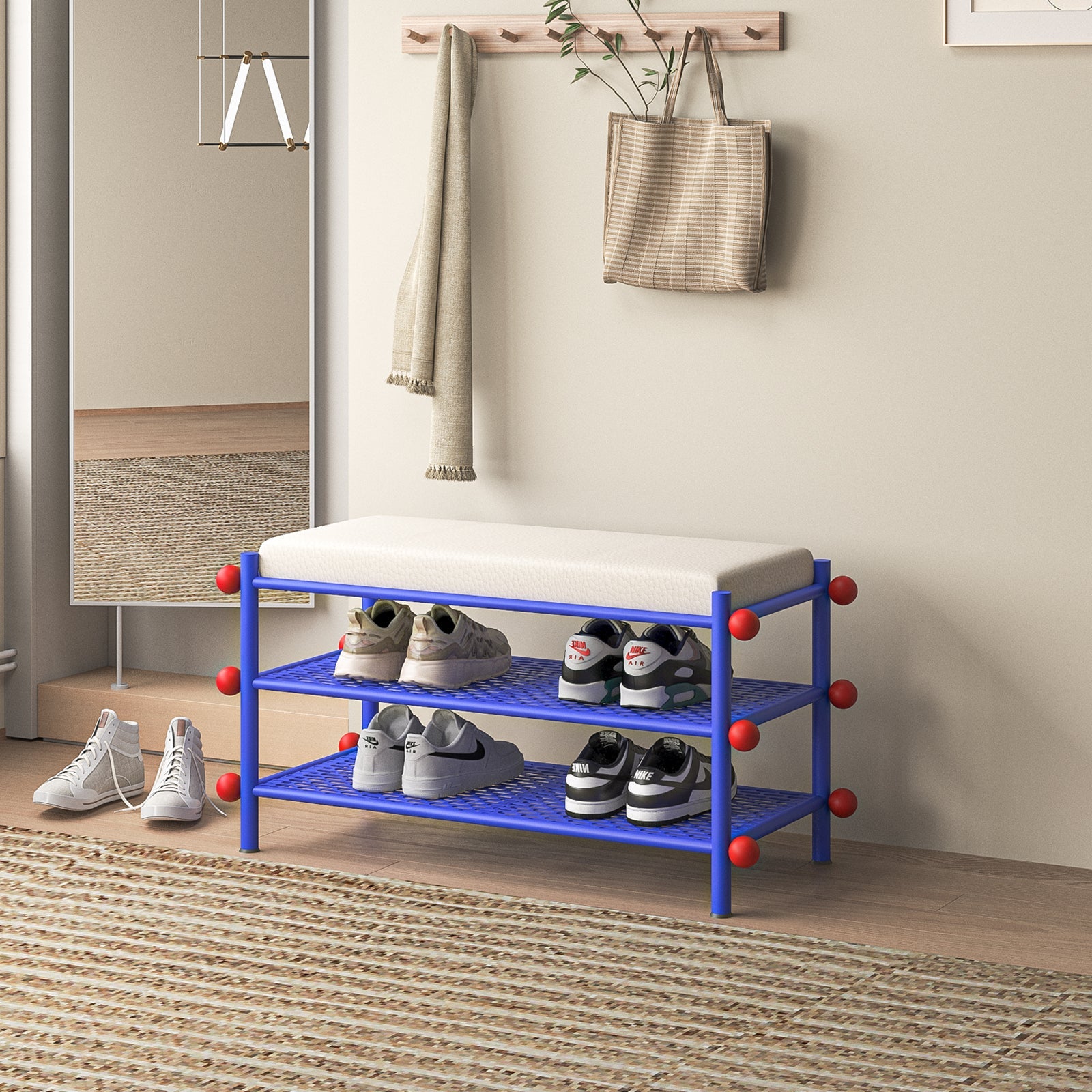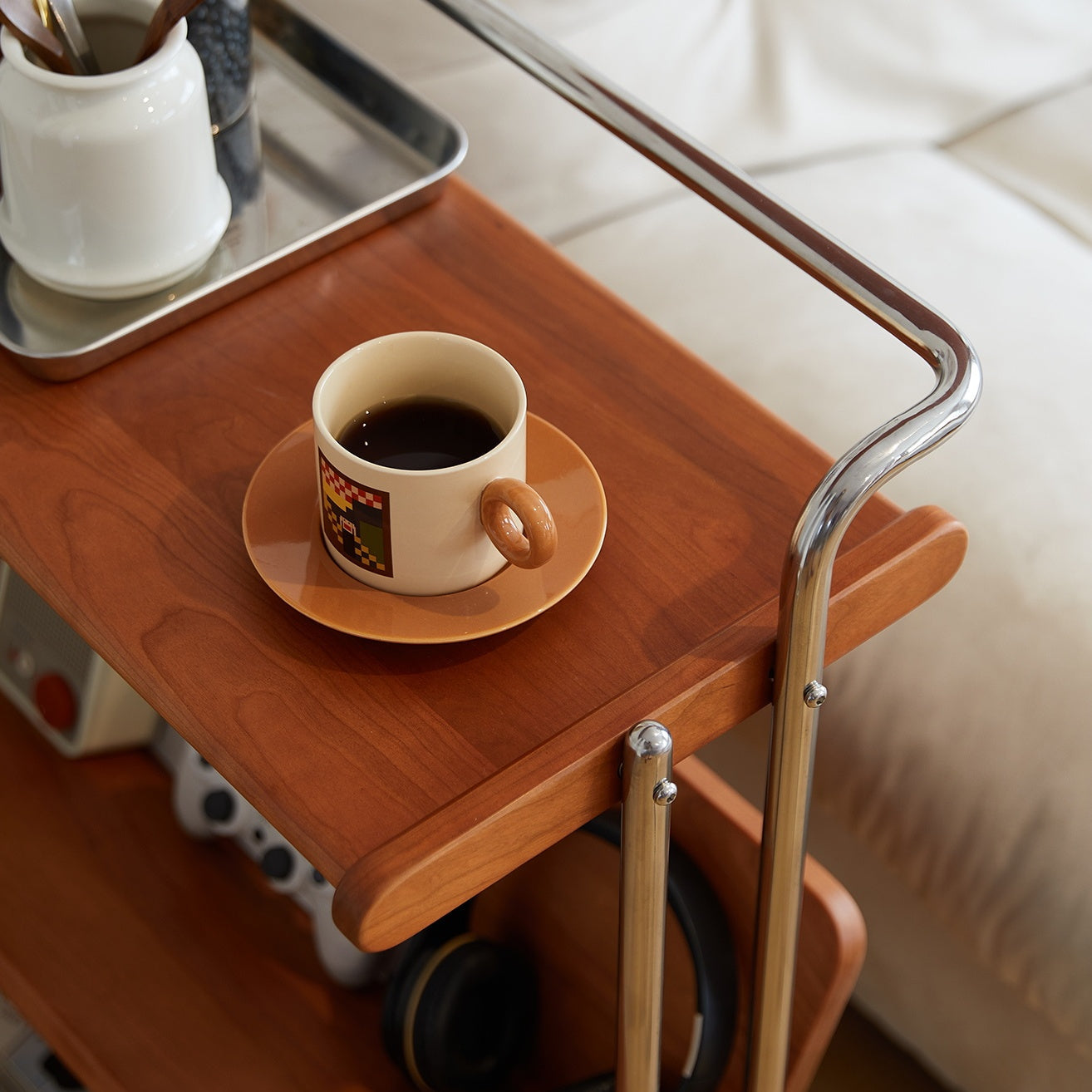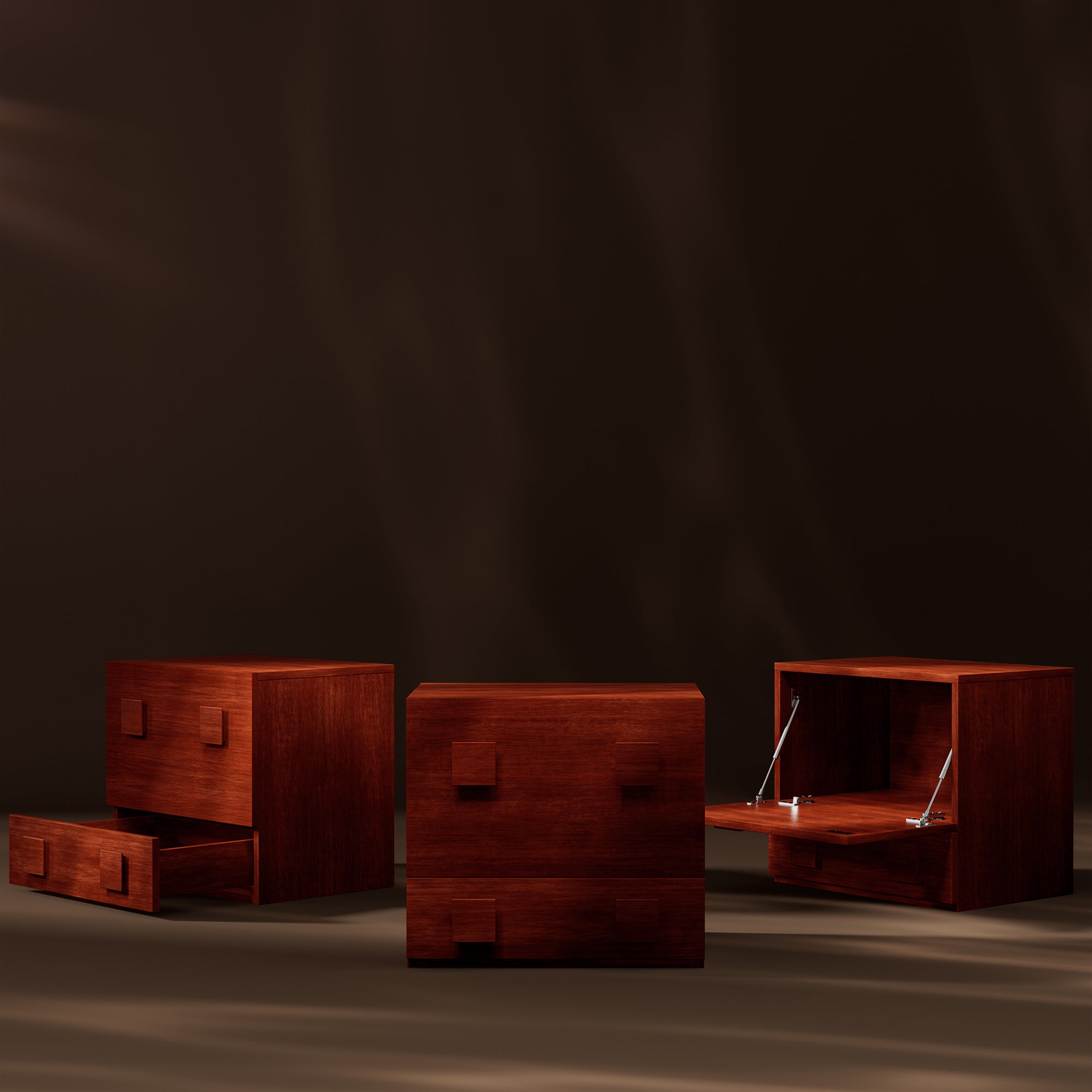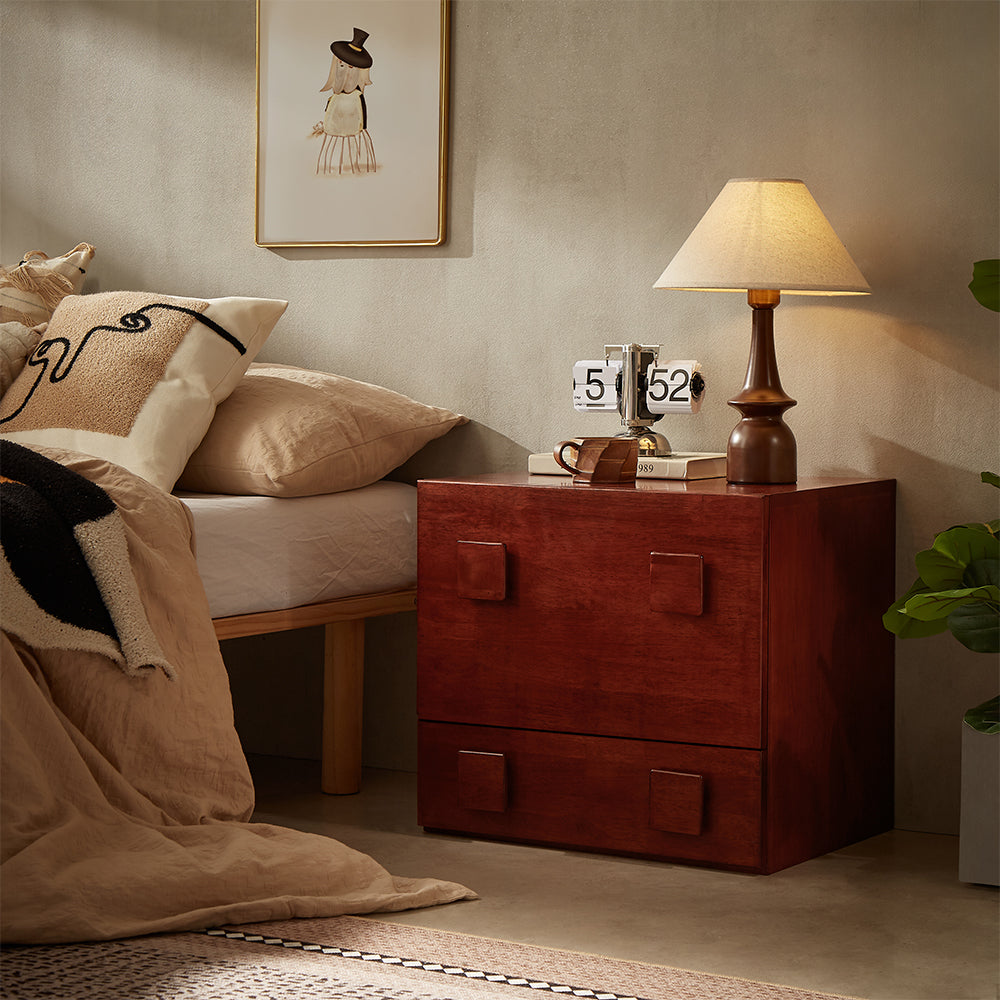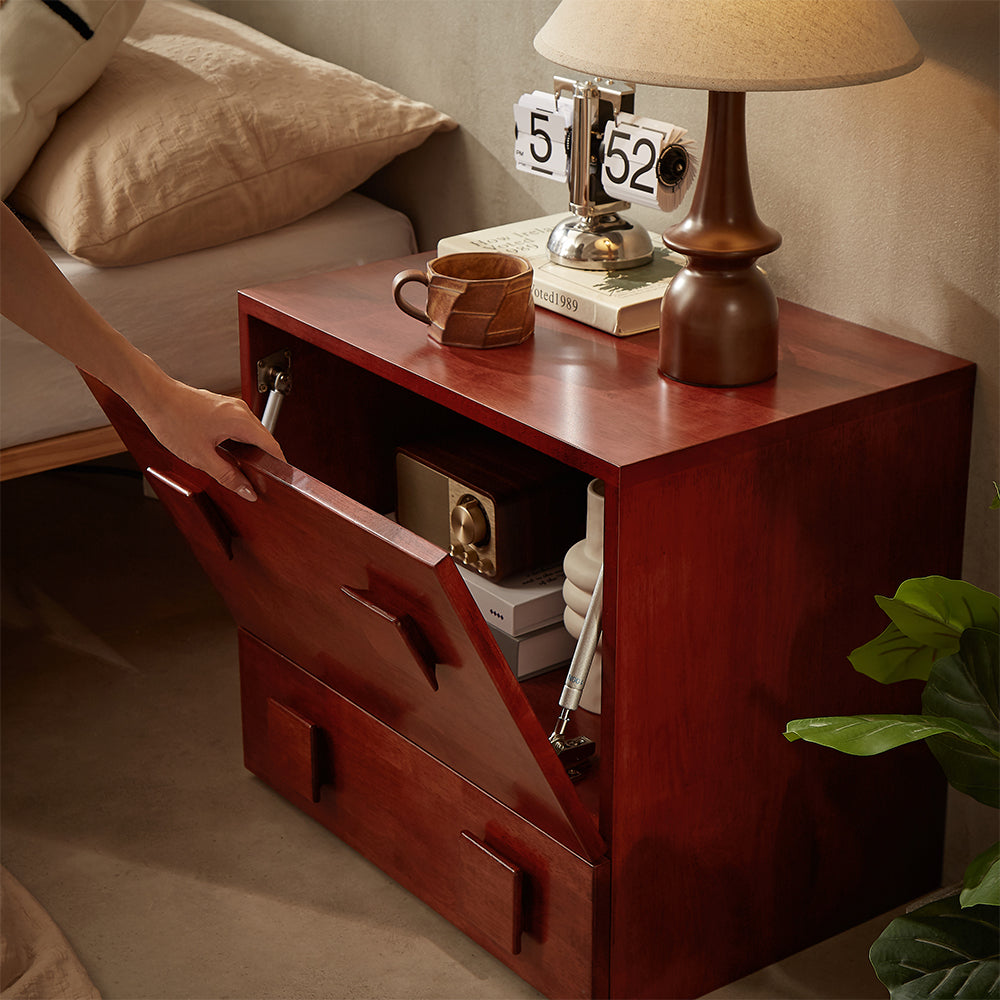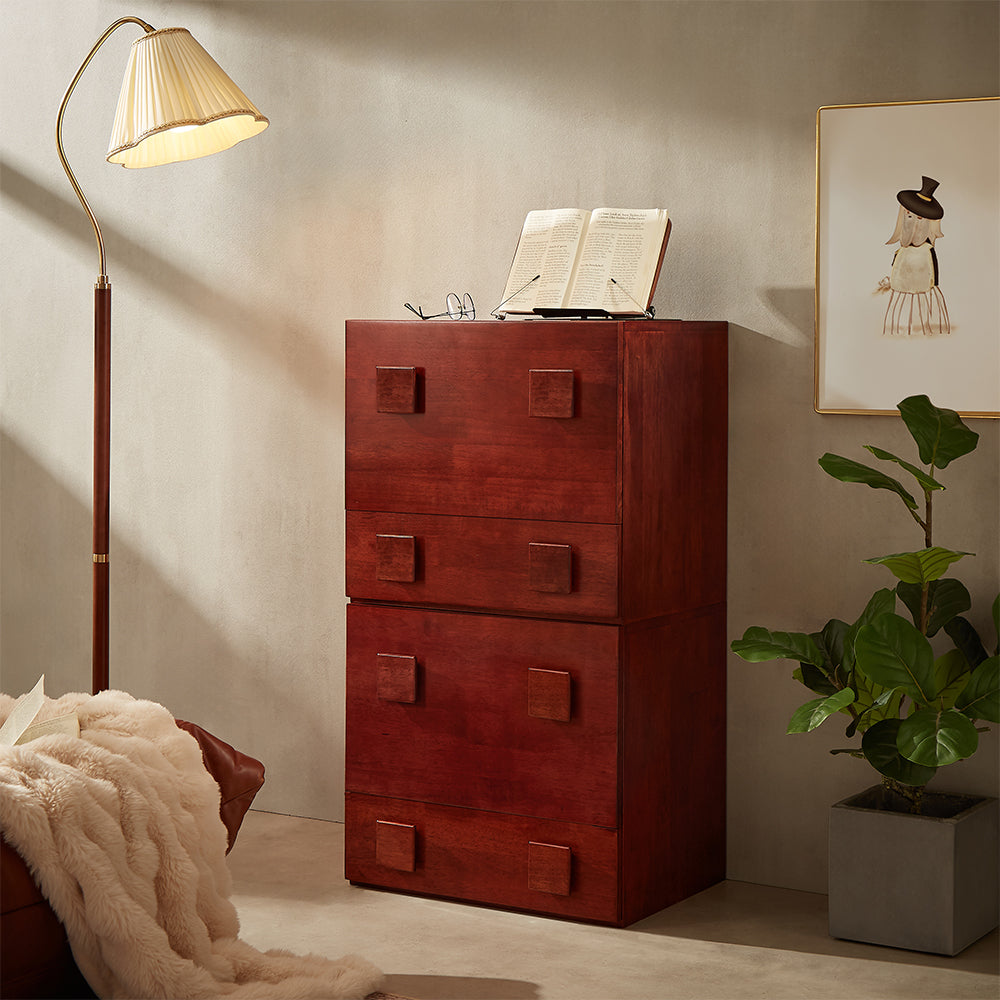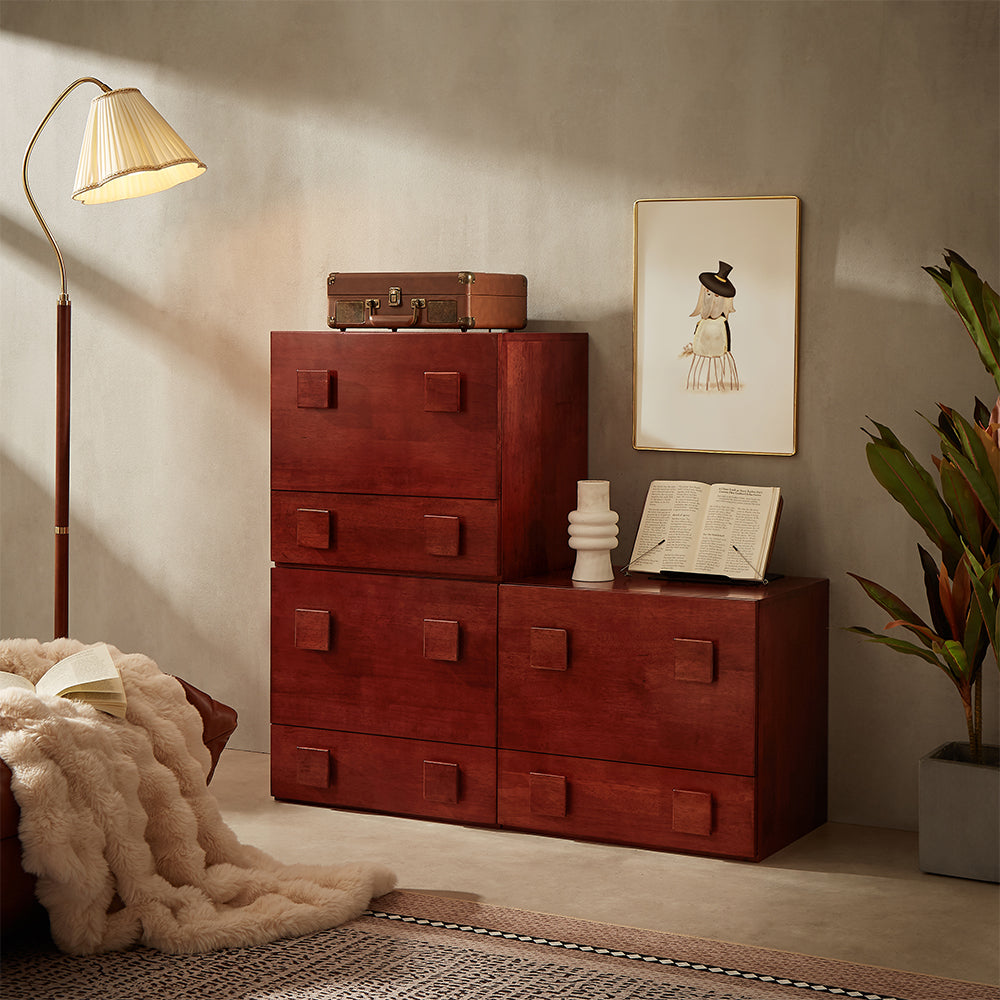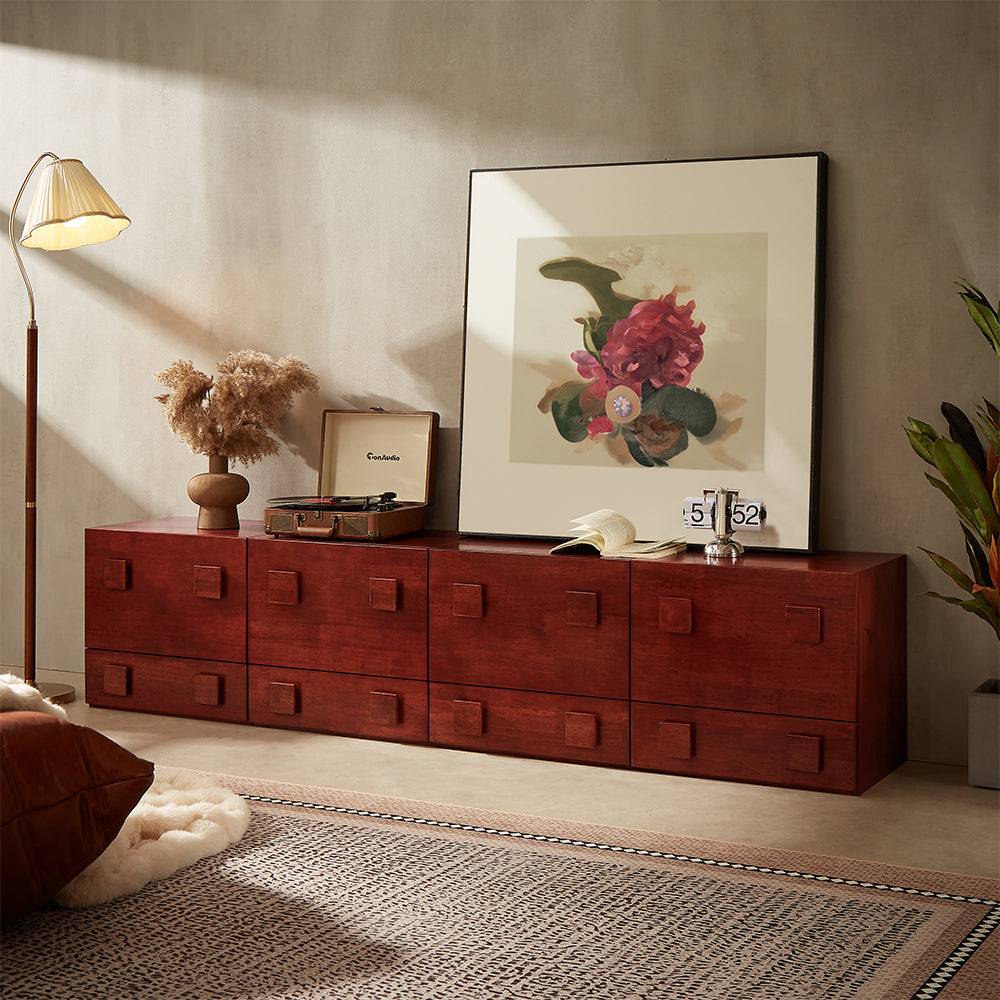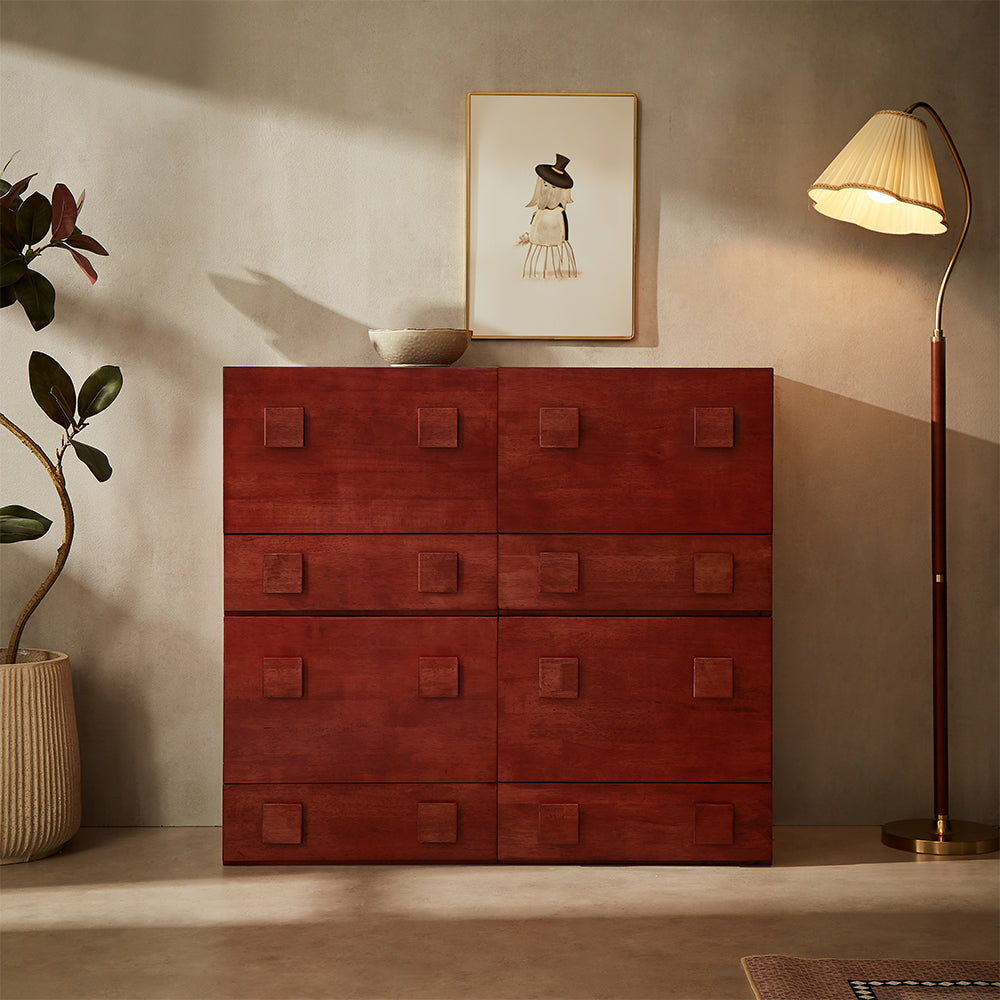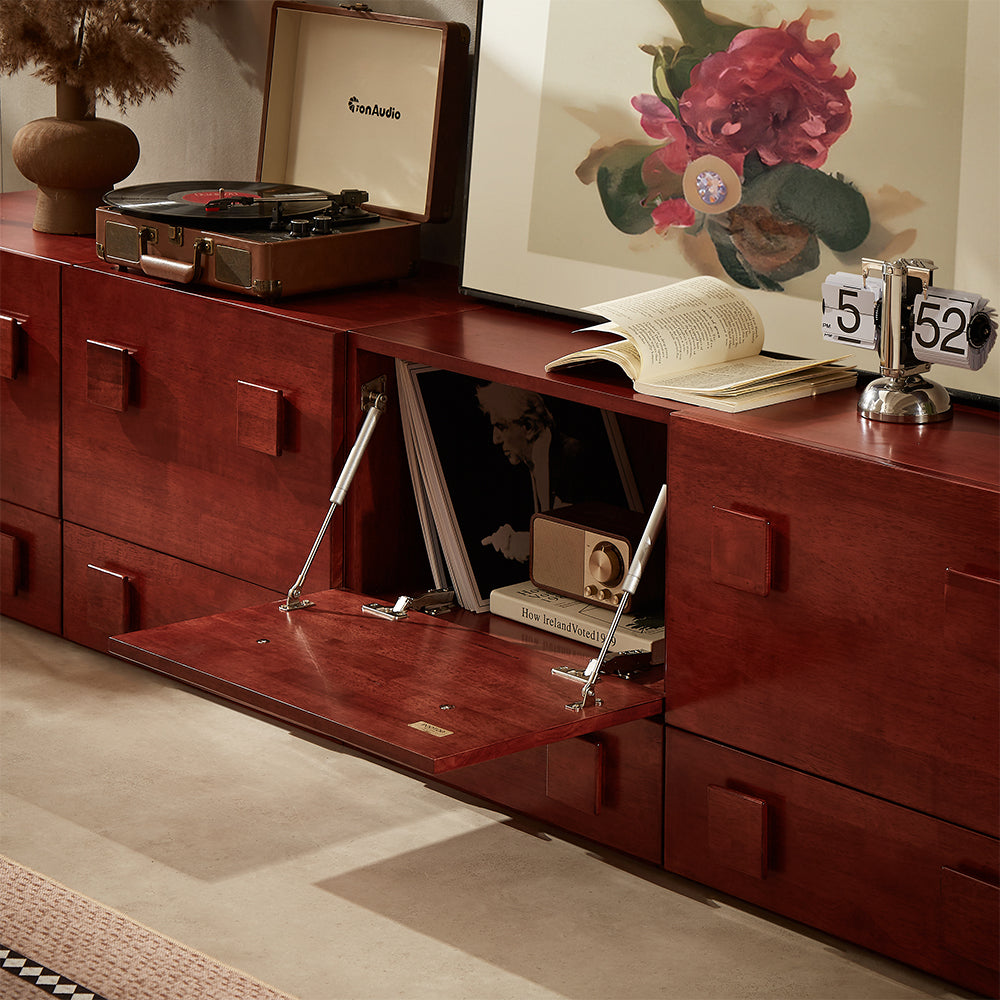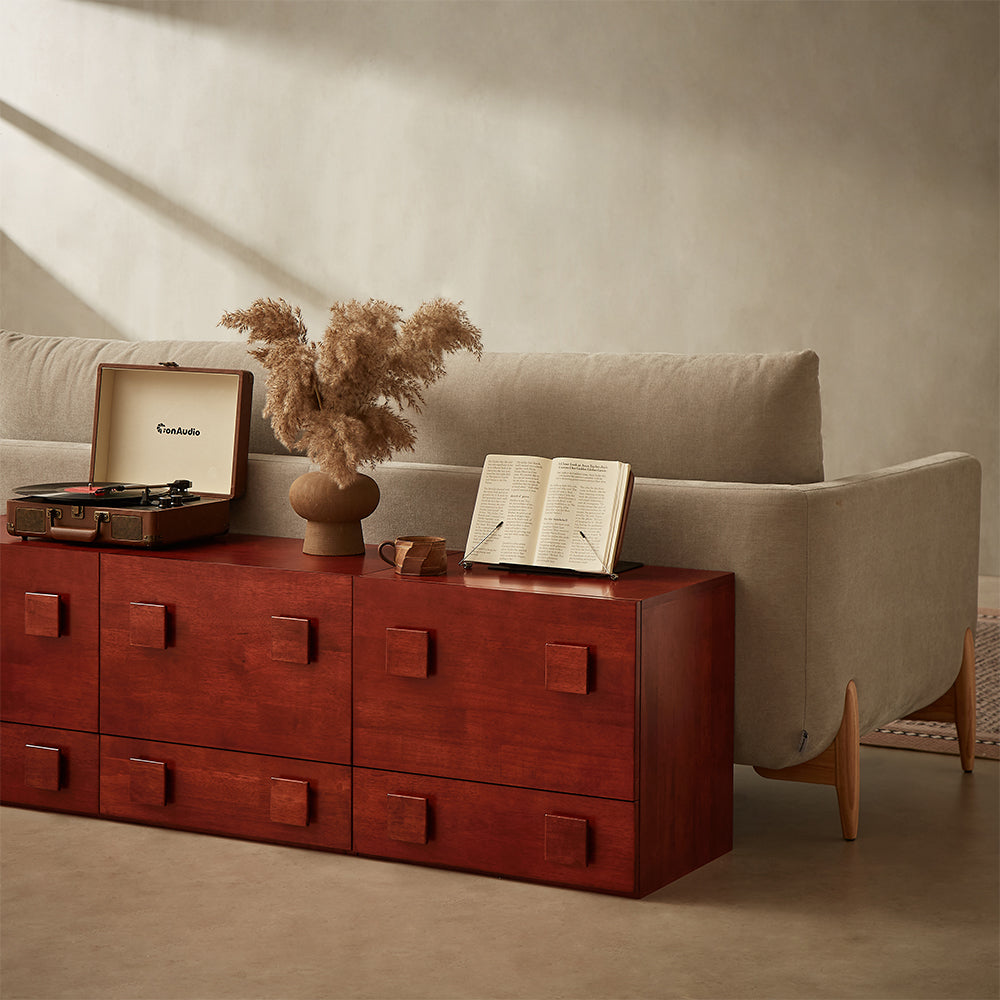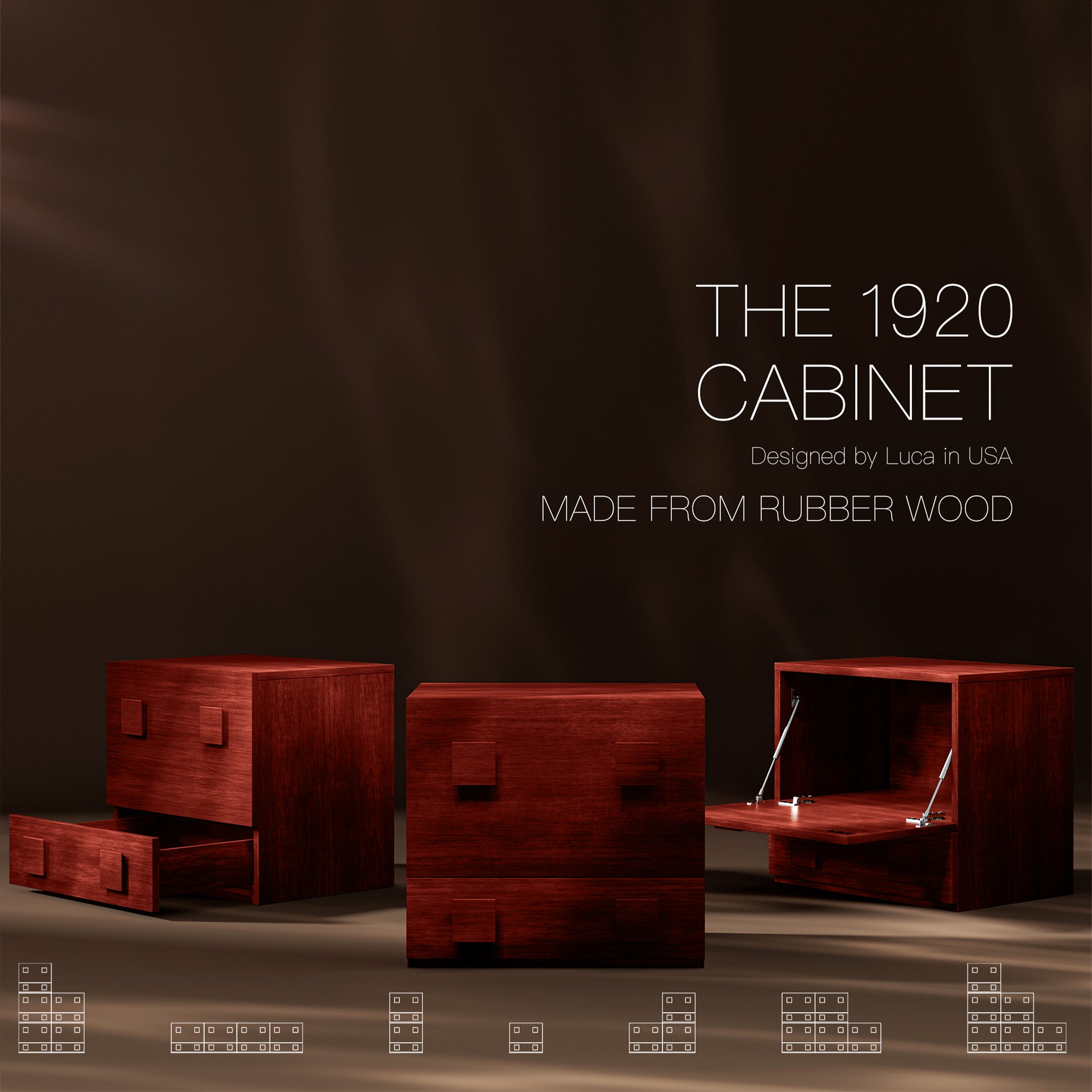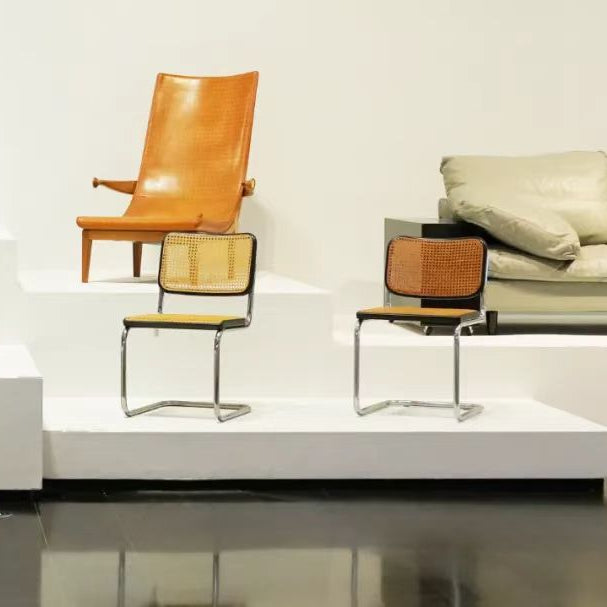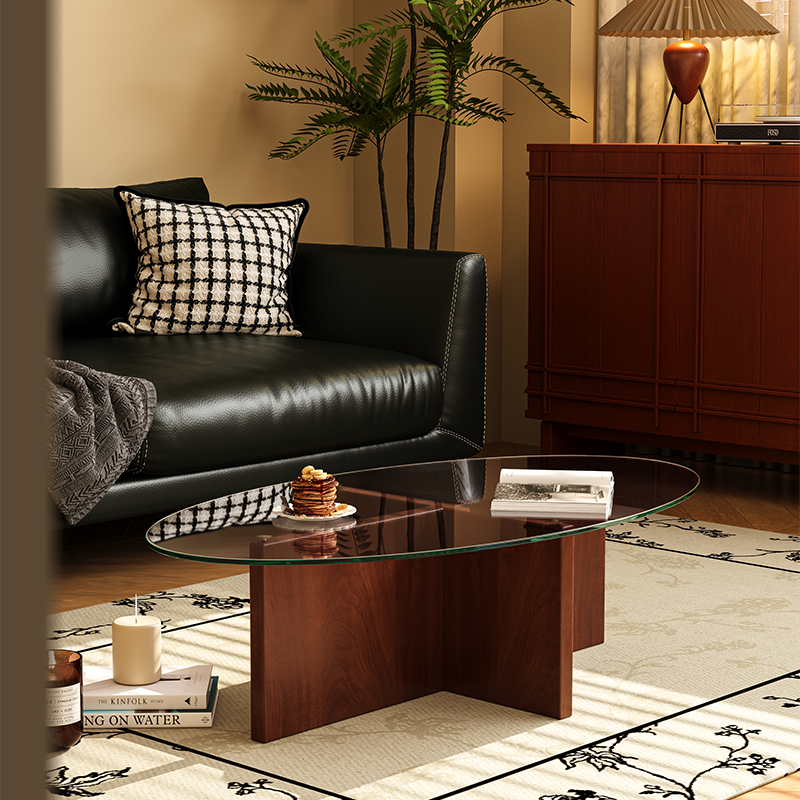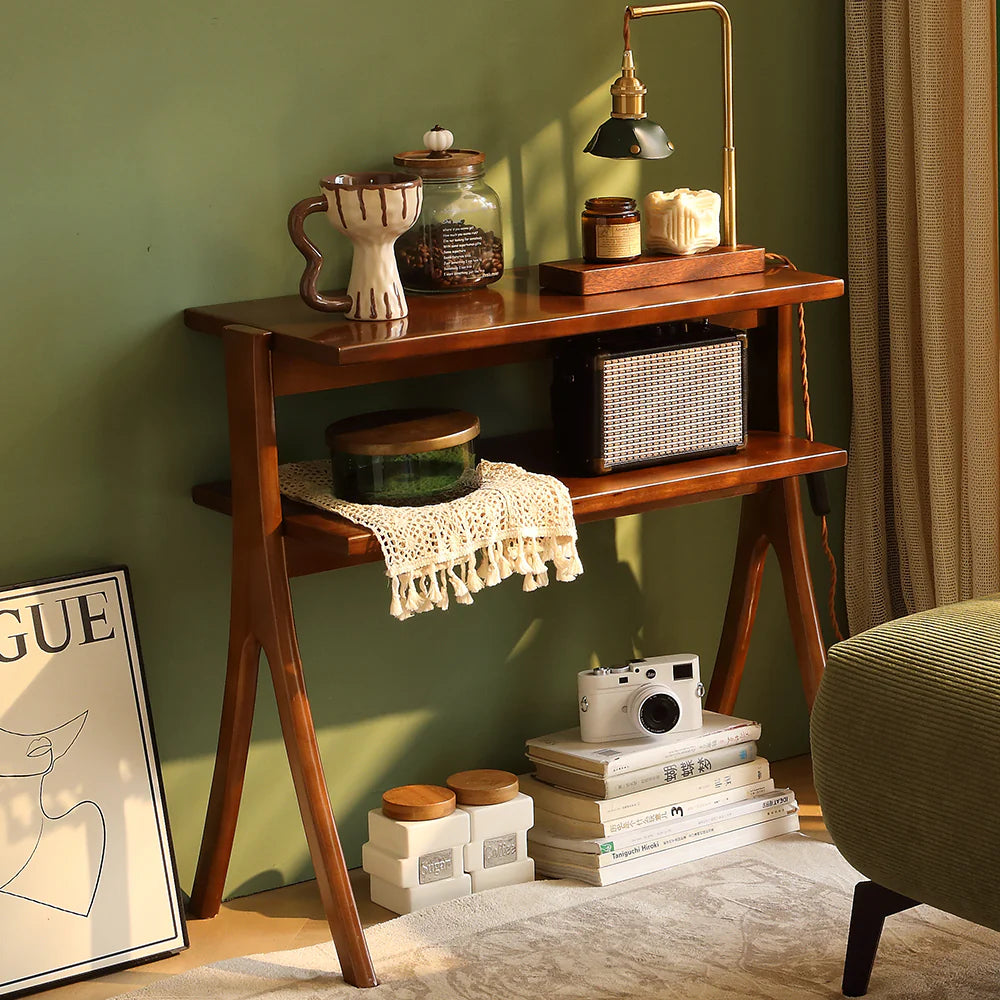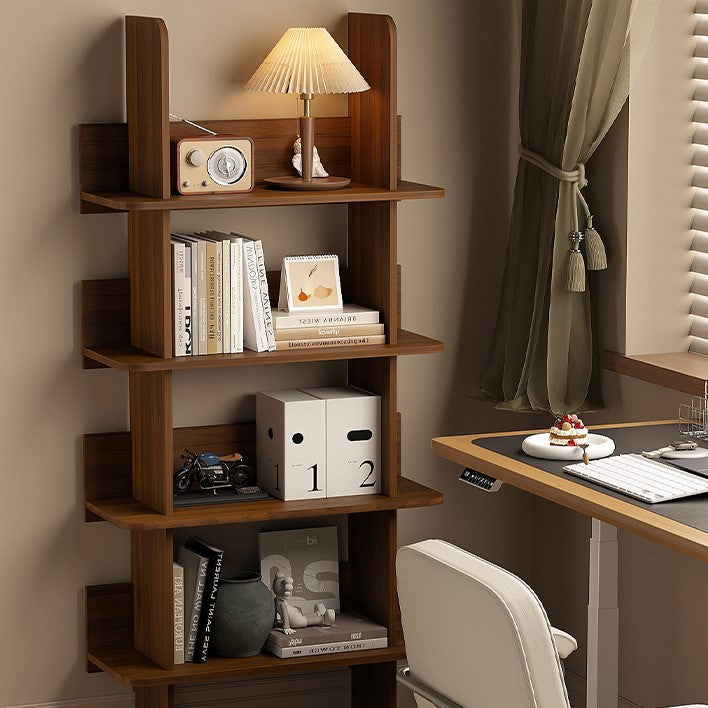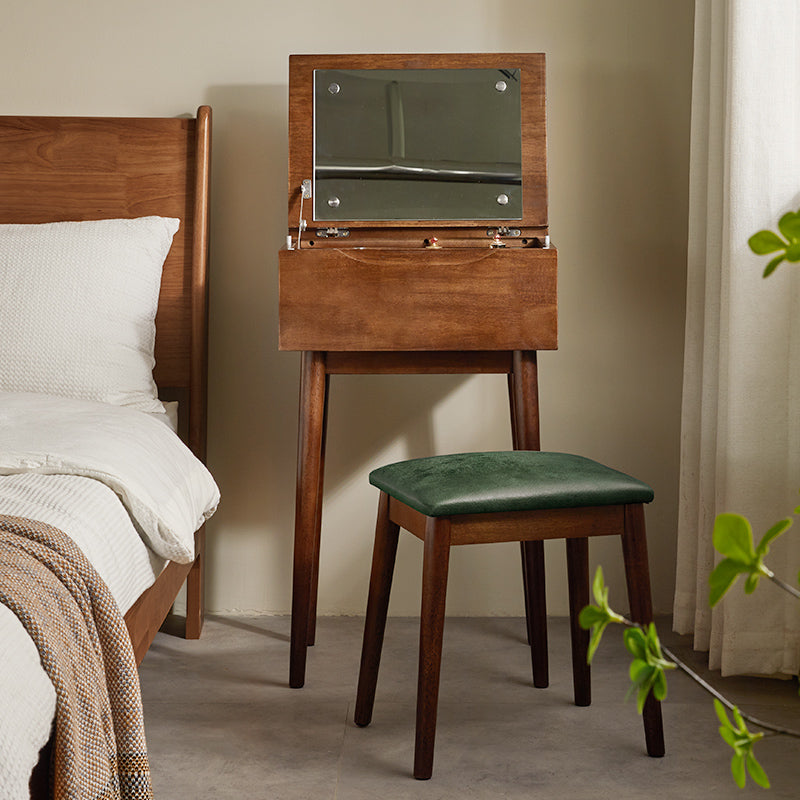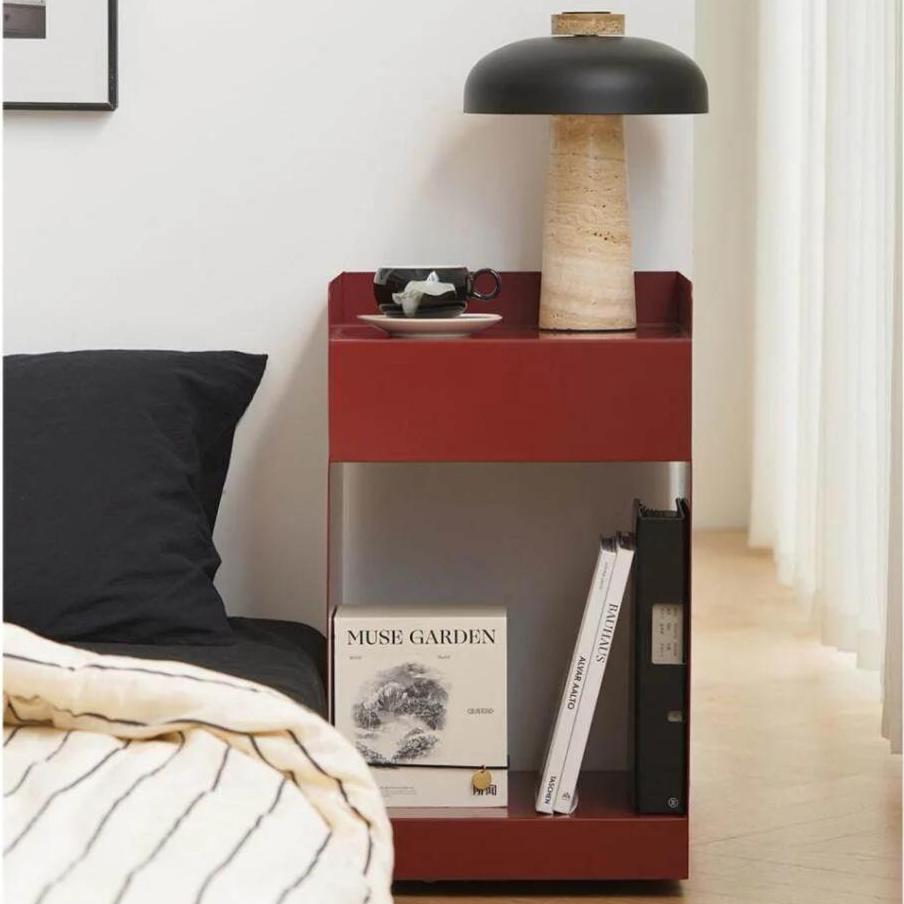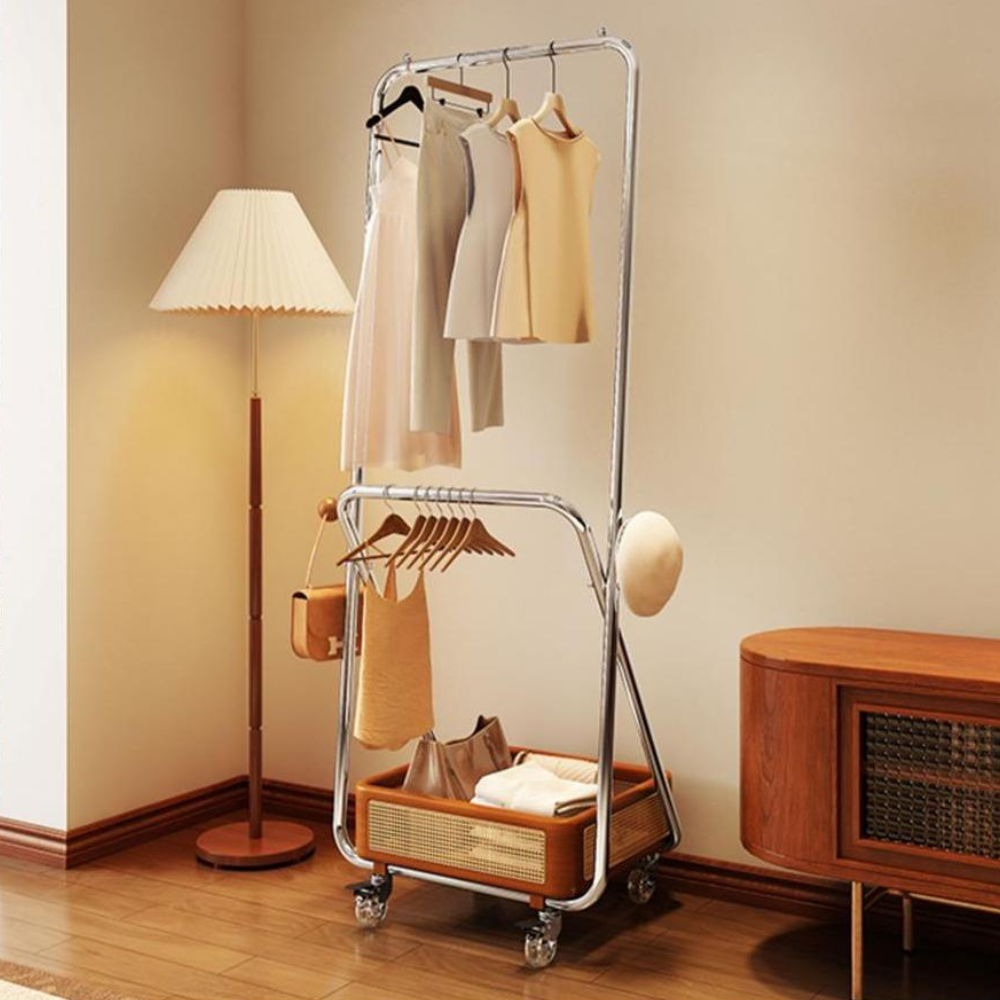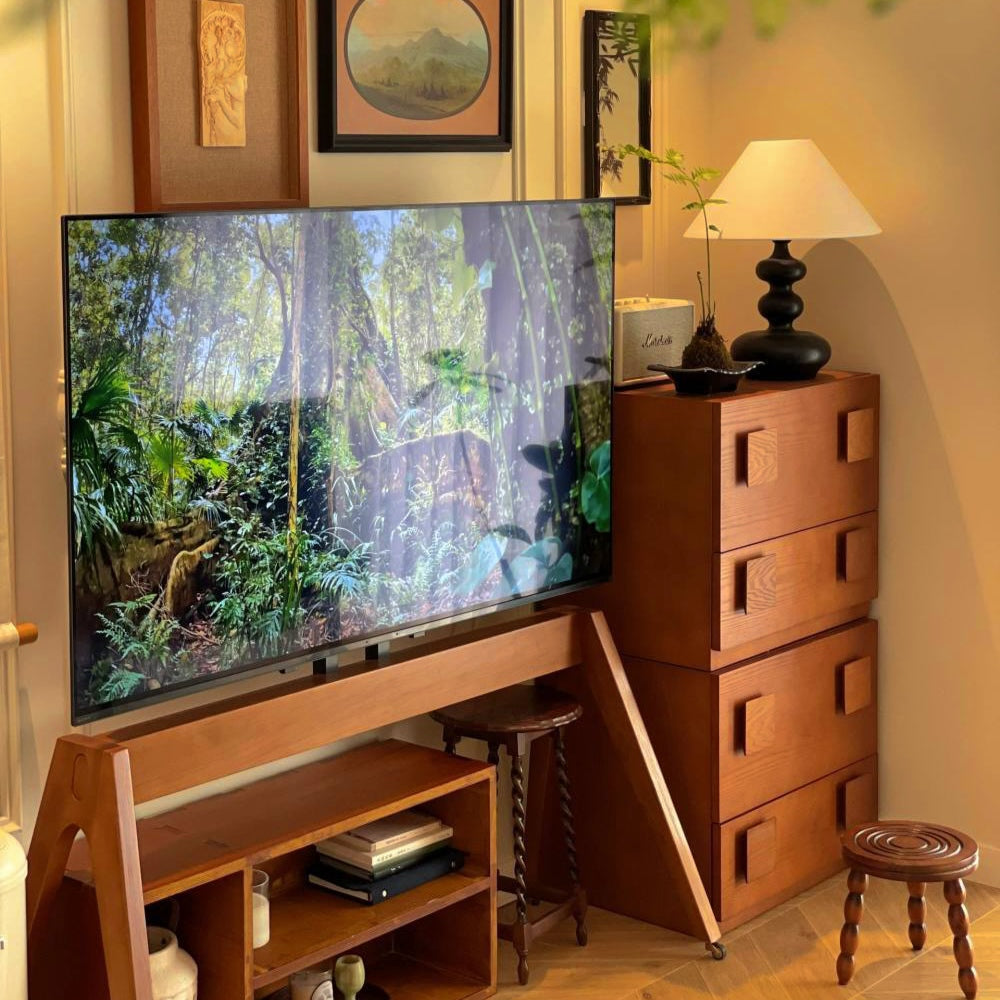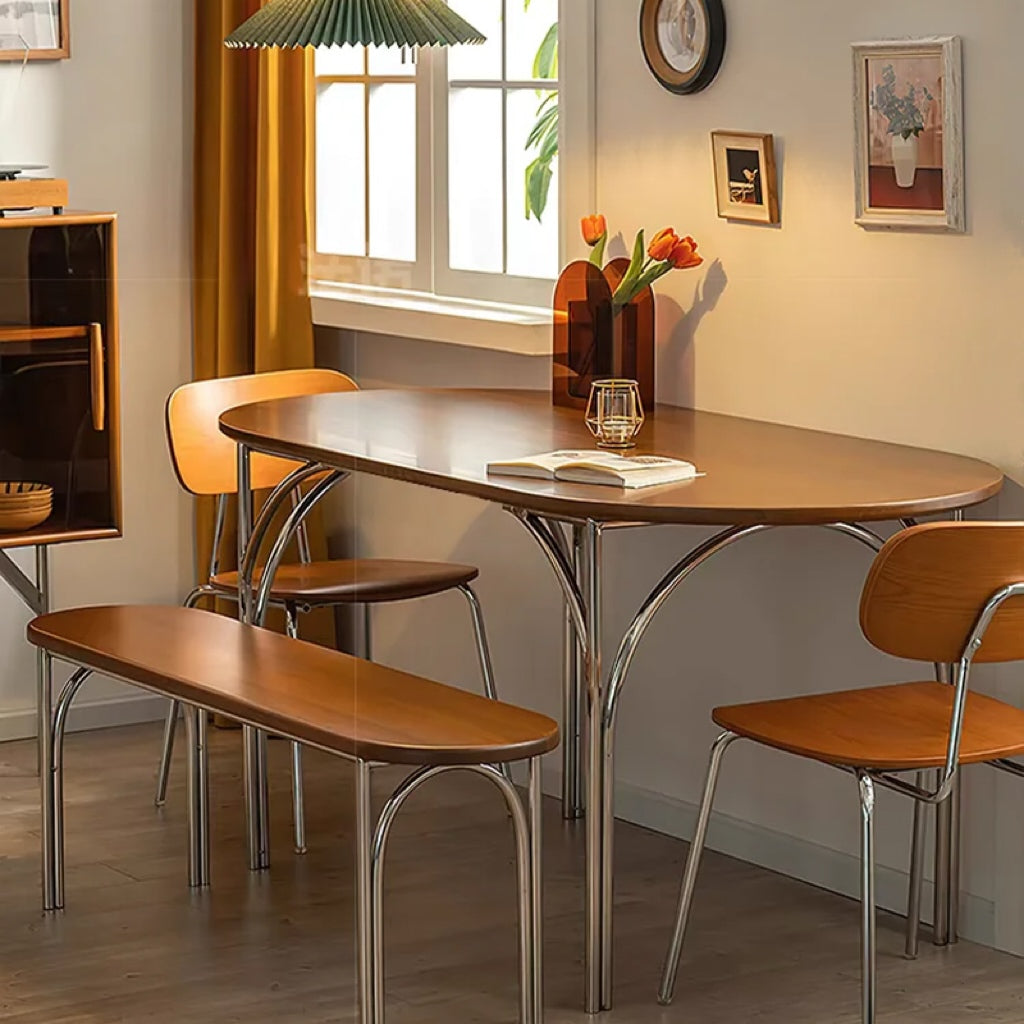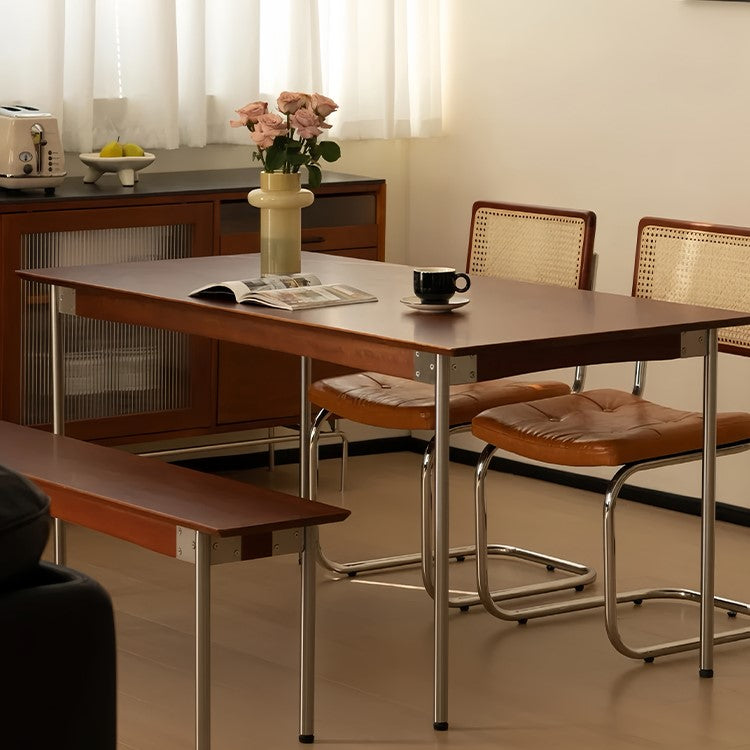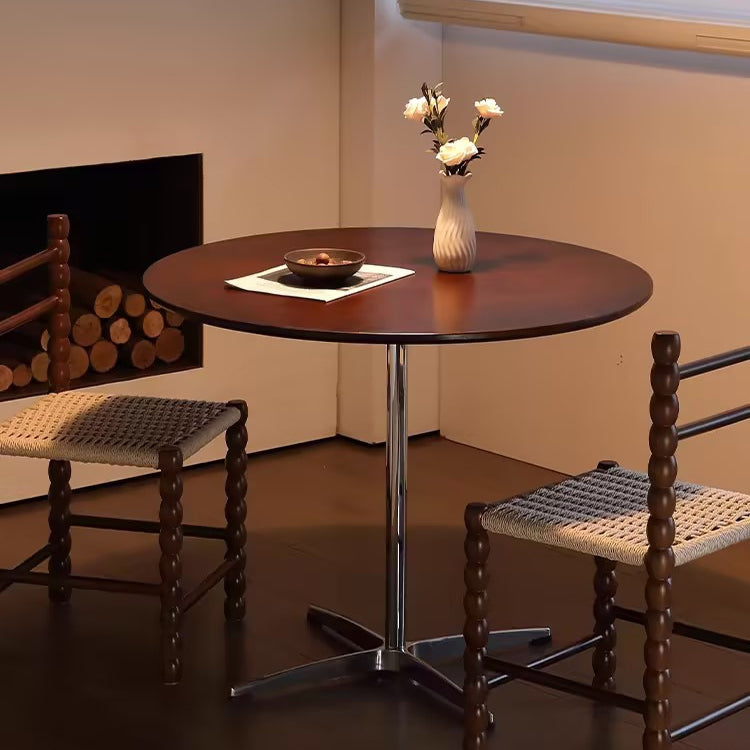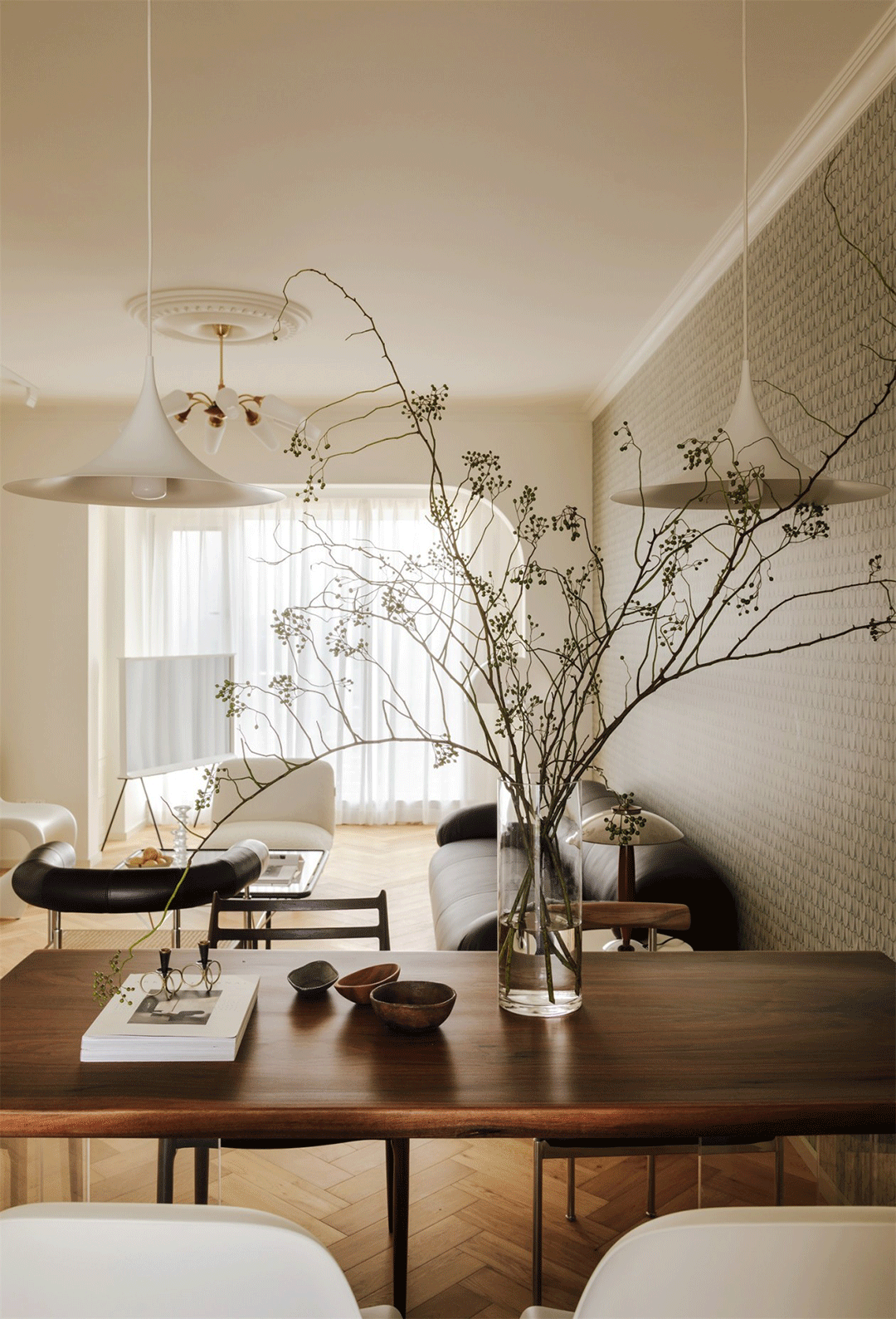Vintage furniture has surged in popularity as a design style in recent years. This trend not only highlights the charm of history but also meets modern lifestyle needs, making it a favored choice among families and designers alike. In this article, we’ll delve into the vintage furniture trend, explore the reasons behind its appeal, and discuss future directions.
- Definition and Background of Vintage Furniture
Vintage furniture typically refers to pieces produced between the early 20th century and the 1970s. These items carry rich historical and cultural significance. Unlike modern furniture, vintage pieces emphasize craftsmanship and intricate details, showcasing a distinctive design aesthetic. Their rise in popularity reflects a growing desire for individuality, environmental consciousness, and sustainable living.
- Reasons for the Popularity of Vintage Furniture
2.1 The Allure of Culture and History
Vintage furniture design often mirrors the cultural influences of its era. These pieces serve as more than just functional items; they are artifacts of history. As cultural heritage gains importance, vintage furniture is increasingly viewed as collectible. Many seek to reconnect with the past through these unique items.
2.2 Environmental Sustainability
Today, environmental sustainability is a top priority for many. Vintage furniture aligns perfectly with this movement, as these second-hand items help reduce resource waste. Additionally, many vintage pieces are crafted from natural materials, ensuring durability and longevity, which fits well with modern eco-friendly values.
2.3 Unique Personalized Design
In our fast-paced lives, many people crave a distinctive home environment. Vintage furniture, with its diverse designs and styles, adds personal flair to living spaces. Both designers and consumers enjoy blending vintage pieces with contemporary items to craft unique home aesthetics.
- Specific Trends in Vintage Furniture
3.1 The Comeback of Retro Style
Retro style has made a significant return in home design. Designers often incorporate retro elements, using vintage furniture to create inviting atmospheres. This style merges classical and modern influences, resulting in rich and layered spaces.
3.2 The Rise of Eclectic Style
Eclectic style has emerged as a major trend. Designers creatively combine vintage furniture with modern elements, resulting in one-of-a-kind spaces. For example, pairing retro wooden pieces with sleek metal decor preserves vintage charm while infusing a contemporary feel.
3.3 Optimization of Small Spaces
Designing small urban spaces can be challenging. Vintage furniture, known for its multifunctionality and adaptability, is ideal for maximizing space. Many vintage pieces are compact yet visually appealing, making them perfect for efficient space utilization.
3.4 The Revival of Handicrafts
Handcrafted items are gaining traction in home design. Many vintage pieces are handmade, showcasing exceptional craftsmanship. This focus on artisanal quality has elevated the status of vintage furniture within the design community.
- How to Select and Style Vintage Furniture
4.1 Choose Classic Styles
When selecting vintage furniture, look for classic styles such as Baroque or Victorian. These timeless pieces are not only visually pleasing but also infuse a sense of history into your space.
4.2 Focus on Quality and Detail
Quality and attention to detail are crucial when purchasing vintage furniture. Always examine the materials, structure, and craftsmanship to ensure both durability and aesthetic appeal.
4.3 Mix with Modern Elements
Combining vintage furniture with modern pieces can create striking visual effects. For instance, using contemporary decor to highlight retro furniture can enhance the overall aesthetic and create a harmonious balance.
4.4 Pay Attention to Color Coordination
Color coordination is vital in styling vintage furniture. Choose colors that complement or contrast with the furniture’s hues to elevate the overall design.
- Future Directions of Vintage Furniture
5.1 Digitalization and Online Sales
With the growth of the internet, more consumers are opting to buy vintage furniture online. Digital platforms make it easier to discover unique pieces, providing greater exposure for designers.
5.2 Increase in Customization Services
In the future, many brands are likely to offer customization services, creating unique vintage furniture tailored to consumer preferences. This personal touch will attract buyers seeking distinctive designs.
5.3 Trends in Cross-Industry Collaboration
An increasing number of designers are collaborating across industries, integrating vintage furniture with other art forms like illustration and pottery. These collaborations enrich design concepts and breathe new life into vintage pieces.
- Conclusion
The trend of vintage furniture reflects a growing appreciation for historical culture alongside a commitment to environmental sustainability and personalized design. Through the revival of retro styles, eclectic approaches, and a resurgence of artisanal craftsmanship, vintage furniture is reinvigorating modern home design. Whether chosen as decor or serving as inspiration for designers, vintage furniture will continue to play a vital role in future developments. Choosing vintage is not merely about honoring the past; it’s also about exploring and shaping future lifestyles.


